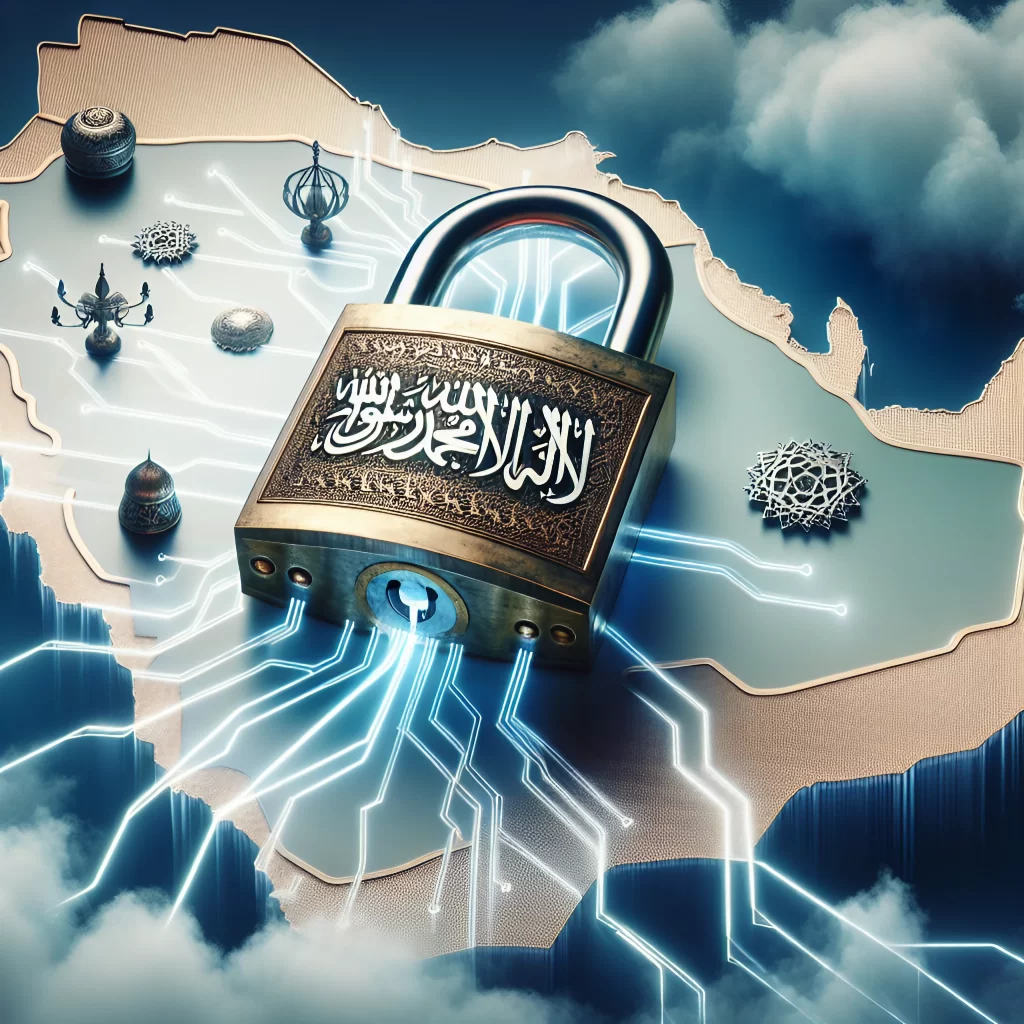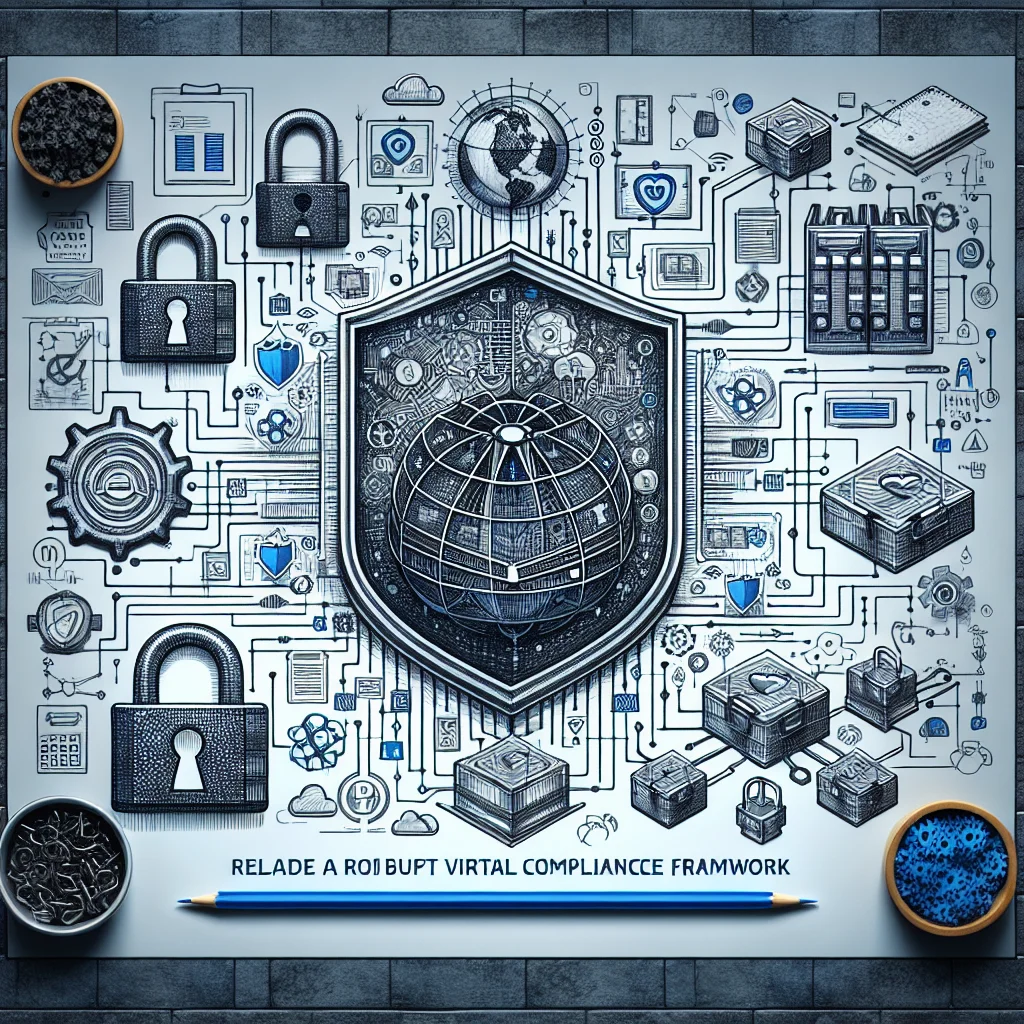A Comprehensive Guide for CISOs in the Middle East
Introduction: In today’s increasingly cashless society, the security of payment card data is paramount. Organizations that handle credit card transactions, whether online or in-store, must adhere to stringent security standards to protect this sensitive information. The Payment Card Industry Data Security Standard (PCI DSS) is a globally recognized framework designed to safeguard payment card data from breaches and fraud. For Chief Information Security Officers (CISOs), understanding and implementing PCI DSS is essential to securing their organization’s payment processing environment and ensuring compliance with international and regional regulations.
What is PCI DSS? PCI DSS is a set of security standards established by the Payment Card Industry Security Standards Council (PCI SSC). The standard was developed to enhance the security of credit card transactions and to protect cardholders against the misuse of their personal information. PCI DSS applies to any organization that stores, processes, or transmits cardholder data, including merchants, financial institutions, and payment processors.
The standard outlines a comprehensive framework of controls designed to secure payment card data at all stages of its lifecycle—from the point of sale to storage and transmission. These controls cover areas such as network security, access control, encryption, and monitoring, providing a holistic approach to protecting cardholder data.
Who is PCI DSS for? PCI DSS is mandatory for any organization, regardless of size or industry, that handles payment card information. This includes not only large multinational corporations but also small businesses, e-commerce platforms, and service providers. Compliance with PCI DSS is required by major credit card companies, including Visa, MasterCard, American Express, Discover, and JCB.
For CISOs, particularly those overseeing operations in the Middle East, PCI DSS compliance is crucial for mitigating the risk of data breaches and ensuring the security of payment card transactions. The standard not only protects the organization’s customers but also helps maintain the trust and integrity of the payment system as a whole.
Key Components of PCI DSS: PCI DSS is structured around 12 core requirements, which are further divided into specific controls and processes that organizations must implement. These requirements are designed to build and maintain a secure payment environment:
- Install and maintain a secure network: This involves implementing firewalls and router configurations to protect cardholder data from unauthorized access.
- Protect cardholder data: Organizations must encrypt cardholder data during transmission across open, public networks and ensure that stored data is protected through strong encryption methods.
- Maintain a vulnerability management program: Regularly update antivirus software, apply security patches, and conduct vulnerability scans to protect systems from malware and other threats.
- Implement strong access control measures: Limit access to cardholder data to only those employees who need it to perform their job functions. This includes assigning unique IDs to each user and implementing two-factor authentication.
- Monitor and test networks: Regularly monitor network traffic, log access to cardholder data, and test security systems to detect and respond to potential security breaches.
- Maintain an information security policy: Develop, implement, and maintain a comprehensive security policy that addresses information security for employees and contractors.
Each of these requirements is supported by detailed controls that organizations must implement to achieve PCI DSS compliance. These controls are designed to work together to create a multi-layered defense against security threats.
Considerations for Middle Eastern Organizations: The Middle East is experiencing rapid growth in digital payments, driven by increased internet penetration, smartphone usage, and a shift towards e-commerce. However, this growth also presents new challenges for securing payment card data, particularly as cyber threats become more sophisticated.
Regulatory Landscape: In the Middle East, regulatory bodies such as the Saudi Arabian Monetary Authority (SAMA) and the Central Bank of the UAE are increasingly emphasizing the importance of payment security. These regulators often require organizations to comply with PCI DSS as part of their broader cybersecurity frameworks. For example, SAMA’s Cybersecurity Framework includes requirements that align with PCI DSS, reinforcing the need for secure payment processing environments.
Cultural and Operational Factors: Cultural considerations also play a role in how payment security is managed in the Middle East. Trust is a significant factor in consumer transactions, and breaches of payment data can severely damage an organization’s reputation. Moreover, the region’s diverse workforce, with employees from various cultural and linguistic backgrounds, necessitates clear and effective communication of security policies and practices.
Technological Adoption: As Middle Eastern organizations adopt new payment technologies, such as mobile wallets, contactless payments, and blockchain, ensuring PCI DSS compliance becomes increasingly complex. CISOs must stay ahead of these technological advancements and ensure that their organization’s security controls evolve in tandem with the changing payment landscape.
Frequently Asked Questions by CISOs:
- How does PCI DSS differ from other security frameworks like ISO 27001? While both PCI DSS and ISO 27001 focus on information security, PCI DSS is specifically tailored to securing payment card data. It includes prescriptive requirements that address the unique challenges of payment processing environments, such as encryption of cardholder data and secure handling of payment transactions. ISO 27001, on the other hand, provides a broader framework for managing information security across an organization. CISOs in the Middle East often implement both standards to ensure comprehensive protection of all types of sensitive information.
- What are the penalties for non-compliance with PCI DSS? Non-compliance with PCI DSS can result in severe penalties, including fines from payment card companies, increased transaction fees, and potential loss of the ability to process card payments. Additionally, organizations that experience a data breach while non-compliant may face significant legal liabilities and damage to their reputation. In the Middle East, where trust and reputation are highly valued, the consequences of non-compliance can be particularly damaging.
- How can small and medium-sized enterprises (SMEs) in the Middle East achieve PCI DSS compliance? SMEs may face challenges in achieving PCI DSS compliance due to limited resources and expertise. However, there are steps they can take to simplify the process. This includes using PCI DSS-compliant service providers, such as payment gateways and processors, that handle most of the security requirements on their behalf. Additionally, SMEs can focus on segmenting their cardholder data environment to minimize the scope of compliance and reduce the complexity of implementing security controls.
- What role does PCI DSS play in mitigating the risks associated with new payment technologies? As new payment technologies emerge, such as mobile payments and cryptocurrency, PCI DSS provides a foundational framework for securing these transactions. While the standard is continuously updated to reflect changes in the payment landscape, organizations must also take proactive steps to assess the risks associated with new technologies and implement additional controls as needed. For CISOs in the Middle East, staying informed about technological advancements and their security implications is critical to maintaining PCI DSS compliance.
- How can organizations in the Middle East integrate PCI DSS compliance with other regulatory requirements? Many Middle Eastern countries have introduced cybersecurity regulations that complement PCI DSS. For example, SAMA’s Cybersecurity Framework and the UAE’s National Electronic Security Authority (NESA) Information Assurance Standards include requirements that align with PCI DSS. By integrating these regulations with PCI DSS, organizations can create a unified approach to security that meets both international and regional requirements. This not only simplifies compliance efforts but also enhances the overall security posture of the organization.
Shared Controls Across Frameworks: PCI DSS shares several common controls with other widely recognized security frameworks, such as ISO 27001, NIST, and SOC 2. Understanding these overlaps can help organizations streamline their compliance processes:
- Access Control: Both PCI DSS and ISO 27001 emphasize the importance of implementing strict access controls to protect sensitive information. This includes ensuring that only authorized personnel have access to cardholder data and requiring multi-factor authentication for critical systems.
- Encryption: Encryption is a fundamental control in PCI DSS, as well as in other frameworks like ISO 27001 and NIST. PCI DSS requires that cardholder data be encrypted during transmission across open, public networks and that stored data is protected using strong encryption algorithms.
- Incident Response: PCI DSS and NIST both require organizations to have a well-defined incident response plan. This includes procedures for detecting, reporting, and responding to security incidents, as well as regular testing of the incident response process.
- Monitoring and Logging: Continuous monitoring and logging are critical components of PCI DSS and are also emphasized in ISO 27001 and SOC 2. Organizations must implement logging mechanisms to track access to cardholder data and monitor network traffic for suspicious activity.
- Risk Management: Risk management is a key aspect of PCI DSS and aligns with the risk assessment methodologies outlined in ISO 27001 and NIST. Organizations must regularly assess the risks to their payment processing environment and implement appropriate controls to mitigate those risks.
Conclusion: PCI DSS is a vital framework for securing payment card data and ensuring the integrity of the payment system. For CISOs in the Middle East, compliance with PCI DSS is not just about meeting regulatory requirements—it’s about protecting the organization’s customers and reputation in a rapidly evolving digital landscape.
By implementing PCI DSS, organizations can build a secure payment processing environment that safeguards cardholder data from breaches and fraud. This, in turn, enhances customer trust and strengthens the organization’s position in the market.
Integrating PCI DSS with other security frameworks, such as ISO 27001, NIST, and SOC 2, allows organizations to create a comprehensive security strategy that addresses a wide range of threats and vulnerabilities. For CISOs, this holistic approach to security is essential for navigating the complexities of today’s digital economy and ensuring the long-term success of their organization.



